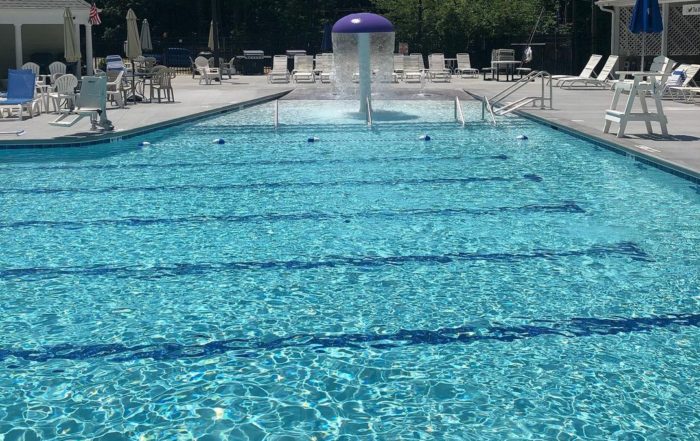Pool Safety

POOL SAFETY
As summer draws near and the warm weather brings our backyards to life again, take the time to look objectively at your pool safety protection.
No pool is completely safe from danger, but there are steps that every pool owner can take to be sure that the pool safety systems are working properly.
Pool Safety Systems? That’s a 25 cent word for different Layers of Protection that you may have around your pool. Pool Fence, Pool Cover, Pool Alarms, and other physical barriers or alert systems.
But the most important layer of protection, or pool safety system is right between your two ears. Personal pool safety practices among all household members, are key to keeping your pool safe.
POOL SAFETY SYSTEMS
Making sure that barriers, alarms and drain covers are secure and operational is important at all times of the year, but during spring pre-season, it’s especially important to check over all layers of protection closely.
POOL FENCE & GATES: Pool Fences that sag or sway should be buttressed or repaired to prevent it from falling. Look for tree trunks or branches that may be applying pressure, or large roots from underneath. Check that the fence is still up to code, with no gaps greater than 4″, and nothing placed near the fence that could provide a step over. Pool Gates should be self closing and self latching, and it’s not uncommon to need an adjustment every few years, to be sure that the fence closes correctly. If needed, replace the entire latch or hinge mechanisms with modern pool gate safety latches and hinges. For more on fence and gate adjustments, see this earlier post.
POOL DRAIN COVERS: In 2007, the Virginia Graeme Baker Act was passed mandating safer main drain covers for pools and spas to protect against the danger of suction entrapment on grate style drain covers (or missing drain covers). If you still have drain covers from an earlier era (residential pools are excluded from the mandate), consider replacing with anti-vortex VGB approved drain covers. Even if you don’t replace your drain covers (or split a single drain into a dual drain design), make sure that your drain covers are safely secured, with two stainless steel screws, to prevent small hands from getting stuck in the drain.
POOL ALARMS: When the pool house serves as the 4th side of the pool fence, pool alarms are often required, by new codes. If your pool has an alarm system, either in the pool or on a door or gate that leads to the pool, be sure to test it out and keep the batteries fresh. Many pools are required to have door and gate alarms to pass initial inspections, but pool owners become complacent about using them. Pool Alarms can be subject to false alarms, and door alarms can too, if adults forget to hit the pass-thru button, but pool alarms and gate alarms can be an effective tool and a powerful layer of protection.
POOL SAFETY PRACTICES
In addition to inspecting your physical barriers, drain covers and alarms, check stock on your pool rules, and review safety procedures with everyone in the house. An annual Pool Safety Summit is an important part of spring pool opening, make sure your household has been properly trained on pool safety.
SUPERVISE: Never leave a child unattended in a pool or spa, and remain within arm’s reach.
LEARN TO SWIM: Teach your kids to swim, 8-12 lessons, every year for at least 5 years.
LEARN CPR: Compression ratios have changed! Brush up and renew or take a CPR class.
TEACH SAFETY: Find Teachable Moments to praise and encourage safe pool practices.
INSPECT: At every turn, Fences, Gates, Drain Covers, Alarms, for proper use and functio

